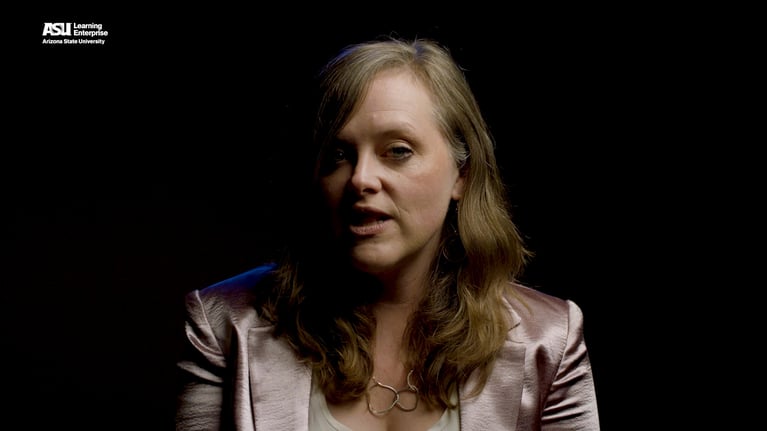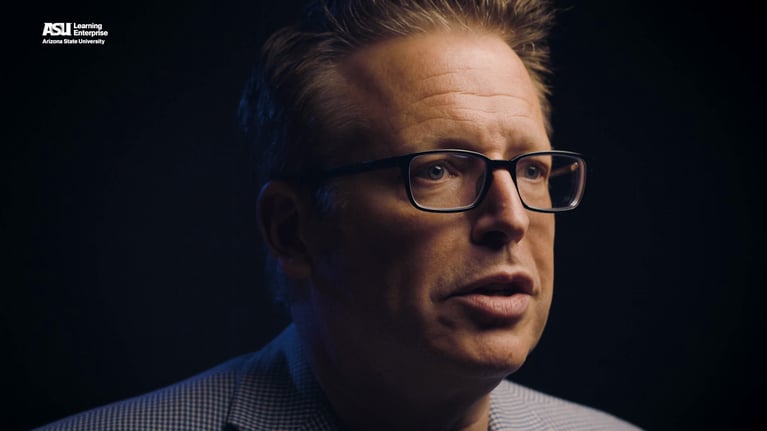Cross sector collaboration, which involves combining different forms of expertise to work on a shared topic, can be a powerful tool for fostering creativity and innovation. This approach often brings together government, business, nonprofits, and communities to address specific challenges or projects. By integrating diverse perspectives and professional connections, the collective capacity to address issues expands, leading to creative solutions. An example of successful cross sector collaboration is the Xerox Palo Alto Research Center in the 1990s, where artists, scientists, and technologists worked together to create innovative products. This approach requires a willingness to step outside of traditional perspectives and embrace new ways of thinking. By doing so, we can create more meaningful and beneficial solutions for society.
Creativity is not always a part of our normal work environments. Yet it is shown to not only boost productivity and innovation, but also to help us enjoy our work more. One way to create the conditions for creativity is to collaborate with others who have different knowledge, experience, and expertise to expand the potential for what you can make together.
Cross sector collaboration brings together groups with differing forms of expertise to work together on a particular shared topic. These partnerships often involve government, business, nonprofits, philanthropies, and communities. Cross sector collaboration advances innovation, promotes new opportunities, and unites people who may not otherwise meet, even though they share goals in their work. By bringing these partners together across many fields and networks of professional connections, the collective capacity to address a particular project or issue vastly expands. This creates opportunities for creative innovation that can spur new approaches to challenges in city infrastructure or public health, and to inspire new inventions to better support human life.
Take the case of a cross sector collaboration at the Xerox Palo Alto Research Center in the 1990s.
Xerox was a hub of innovation in new products at the time largely because of an initiative started by chief scientist John Seely Brown. He connected artists, scientists, and technologists together in collaborative teams to create “new ways of looking at the world.” According to Brown it was a success for the company because the artists shifted the energy and ideas in the lab, bringing in new models for seeing and doing that sparked the next big thing.
Together they found ways to communicate, to shift their typical ways of working to find something new. They had to use creativity to find ways to engage art and science and technology together to address a particular problem.
Each collaborator brings a unique mindset to the work. Scientists are grounded, analytical, and have vast domain knowledge of their area of expertise. Artists are playful, imaginative, constantly transcending boundaries, and experimenting with the unpredictable. At Xerox they came together through creativity and experimentation to create something new.
John Seely Brown said that cross sector collaboration “takes a bit of faith on both sides, and a belief that both science and art can use a little shaking up, to engage in such a partnership.”
But this faith can be fun for both the artists and scientists, and this faith leads to innovative new ideas that not only benefit the company but also consumers of its products and even build a regional advantage. Creativity is a strategy.


